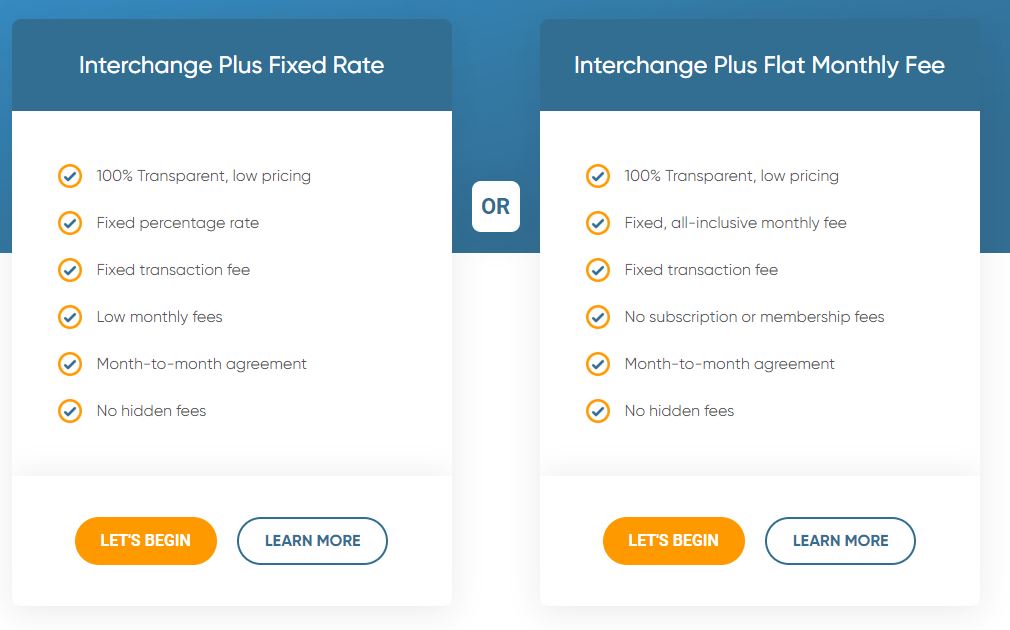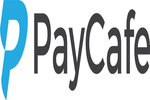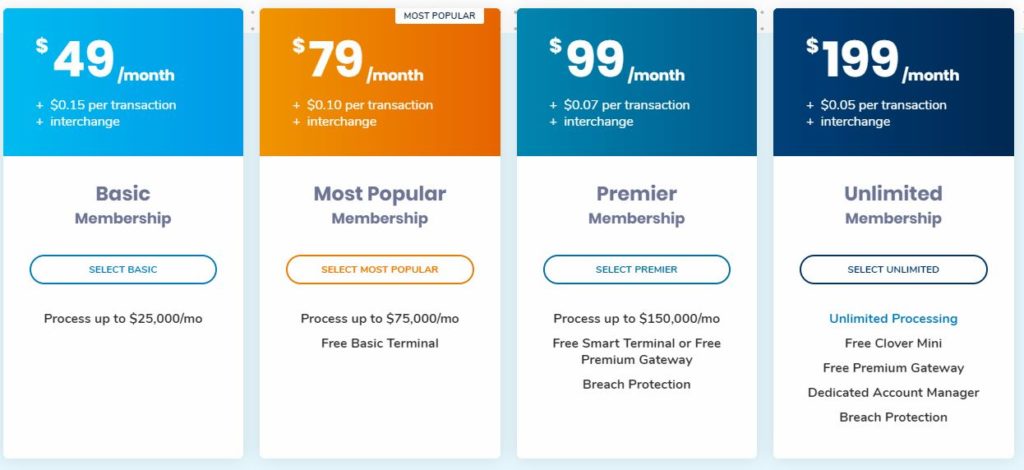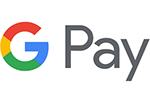Want to jump straight to the answer? The best payment processor for most people is definitely Square or Helcim.
In order to operate a fully functional ecommerce website, you need to be able to accept payments from your customers.
There is no way around this. Your entire business revolves around getting paid.
That’s why you starting selling online in the first place, right? To make money.
But there are tons of different options for accepting payments online. Whether you have an existing ecommerce platform or if you’re starting an ecommerce site from scratch, your payment gateway needs to be a priority.
You need to have options in place that will be appealing to all of your customers.
That’s because everyone has different preferences. So you should consider adding multiple payment methods to your ecommerce site.
I realize that not all of these options will be equal in terms of the cost that you’re paying to implement them on your site. But in the long run, those fractions of a percentage won’t make that much of a difference when you weigh them against the revenue from your sales.
You won’t think twice about it once your conversion rates start skyrocketing.
For those of you who are ready to take your ecommerce platform to the next level, I’ve narrowed down the best payment methods for a fast and secure checkout process in 2021. These are the top options for you to consider.
- Square
- Helcim
- PayCafe
- The Merchant Solutions
- Payment Depot
- Stripe
- Paypal
- 2Checkout
- Payoneer
- ProMerchant
- Google Pay
Continue on to read my full reviews of each service.
1. Square
- Ability to get paid fast
- Fraud prevention
- Straightforward pricing
- No monthly fee
Square is commonly associated with its POS systems for in-person payments. But it also has ecommerce options for your website.
This is a great choice for those of you who have physical retail locations and plan to start selling online, especially if you already have a Square POS system. It’s also a great option if you’re planning to open retail locations in addition to your ecommerce shop.
Square is priced competitively compared to the other methods on our list.
There is no monthly fee for adding the Square payment gateway to your website. They charge you 2.9% + $0.30 per transaction, just like Stripe and PayPal.
Integrating Square to your ecommerce platform is easy. Some of their ecommerce partners include:
- Wix
- WooCommerce
- GoCentral Online Store
- Ecwid
- 3DCart
- OpenCart
- Magento
- Miva
- Drupal Commerce
- X-Cart
- Zen Cart
- ShipStation
- Mercato
- Unbound Commerce
- WordPress
- nopCommerce
- WP EasyCart
- Sociavore
So if you’re currently using one of these platforms for your ecommerce shop, adding Square will be a breeze. Click here to learn more at Square.
2. Helcim
- Create your own online store
- Highly secure ecommerce processing
- Great point-of-sale hardware as well
- Customized interchange rates
Helcim is a one-stop-shop solution for your payment needs. From great point-of-sale hardware, to their ecommerce payments, they have what you need to get started selling.
They even offer a platform for you to create an online store through Helcim. It’s on their site, and comes with their payment processor built in. It’s also highly customizable and comes default with some great looking themes.
They also offer a specialized food ordering store, just in case you’re a restaurant looking for a good way to manage pickups and delivery purchases.
If you already have an online store, they have you covered. Their fully-hosted payment pages allows you to add payment options onto your site without any coding knowledge. Their solution can be integrated with some third-party software you might already be using such as QuickBooks, Drupal, and Magento.
Pricing is highly customized depending on your monthly volume of sales and the price of your average transaction. However, they have a deal going on right now where you can get the first three months for free. After that, it’s $20 per month. Try Helcim today!
3. PayCafe
- Easy to setup
- 24/7 customer support
- All-in-one ecommerce solution
- In-depth reporting
PayCafe touts themselves as a “Payment Suite” — and for good reason.
They give customers a solid infrastructure for processing payments. Some of their best features and benefits include:
- Recurring bills. PayCafe automatically bills your customers daily, weekly, monthly, or annually depending on how you set it up.
- International card and currency. This allows you to accept payments for all major credit cards in every country across 135+ currencies.
- Flexible payment methods. Accept payments from places like PayPal, direct deposits, and even cryptocurrencies.
- In-depth reporting. Dive into the crunchy analytics of your business. That way, you can improve your numbers over time.
On top of all that they even give you 24/7 customer support every single day of the year. That’s a must have when it comes to ecommerce payment processing. You never want to be in a position where something breaks and you can’t immediately address it. Learn more at PayCafe.
4. Payment Depot
- Accepts all major credit cards
- Small membership fee
- Low processing fee
- No cancellation fee
Payment Depot touts themselves as the “Costco of credit card processing” for their membership fee-based pricing model as well as their low processing fees. How low are they? They can get as low as $0.05 a month for an unlimited membership.
While the membership fees might seem like a lot of money each month, you’ll actually be saving money when it comes to the processing fees—which can add up over time. And the processing fees they do have aren’t percentage-based. Rather it’s a fixed fee between $0.05 – $0.15 per transaction. This makes Payment Depot a highly lucrative option if you’re a larger business that sees a ton of business each month. You’ll get significantly more savings that a traditional interchange + pricing
However, if you’re a smaller business, you might end up paying a bit more for the monthly membership fee. Still, its cheapest option can still be pretty lucrative if you earn enough money.
If you go with an annual membership, Payment Depot offers a 90-day money-back guarantee. That means you can cancel within three-ish months and send your equipment back, and you’ll get a complete refund.
5. Stripe
- Built for developers
- API and UI toolkit
- Recurring payment options
- Supports payments online and in-person
>> Compare Quotes
Stripe is one of the top payment methods on the market today because it’s so versatile.
It’s a great choice for ecommerce shops, subscription services, or on-demand marketplaces. So for those of you who operate a business with multiple processes and services, this is definitely something that you should take into consideration.
Another top feature of Stripe is the ability for you to set up recurring payments from your customers.
It supports payments online, as well as in-person. So if you currently have a brick and mortar store, you can add a Stripe POS system in addition to the gateway on your ecommerce site. This way you can remain consistent across both marketplaces.
Studies show that brands using Stripe have increased revenue by 6.7% after implementing the payment gateway. With Stripe, you’ll have 81% fewer outages and 24% less operating costs compared to competing payment methods.
Another reason why I love Stripe is because you’ll have the option to customize your checkout process with the Stripe UI toolkit.
Stripe accepts all major credit cards and debit cards from all countries, including:
- Visa
- Mastercard
- American Express
- Discover
- JCB (Japan)
- UnionPay (China)
You can also integrate some alternative payment options into your Stripe payment gateway. Some of these we’ll discuss in greater detail as we continue through this guide.
- ACH transfers
- American Express Checkout
- Masterpass
- Visa Checkout
- Apple Pay
- Google Pay
- Microsoft Pay
It’s great for those of you who are using your ecommerce platform to drive sales from mobile users.
Stripe’s standard pricing is simple. As a merchant, it will cost you 2.9% + $0.30 for every card charge. There will be an additional 1% charge for international cards.
For ACH transfers, your cost is 0.8% of the transaction with a $5 maximum fee.
Additionally, Stripe offers customized pricing options for those of you who have a unique business model or have large volume payments. You’ll get discounts for volume and multi-product rates, as well as some country-specific rates if you’re targeting an international market.
Stripe has exceptional tech support and customer service. You can reach representatives 24/7 via phone, live chat, or email. Overall, it’s definitely one of the top payment methods for you to use on your ecommerce site.
6. PayPal
- Well-established brand
- Most used digital wallet in the world
- Very simple to set up
- Reliable and secure
>> Compare Quotes
PayPal is a name that I’m sure most of you are already familiar with. The company has a reputation that speaks for itself when it comes to ease of use, reliability, and security.
This is why you should consider adding PayPal to your website.
According to Statista, there are 277 million active PayPal users across the world in 2019. That number is up from 237 million from the beginning of 2018.
Simply put, there are tons of users, and they are continuing to grow.
For those of you who don’t have a well-established name brand yet, the PayPal button can help put your customers at ease. They know that PayPal has their back for security.
Plus, people might have a PayPal balance that they want to use for spending, as opposed to charging a credit card or debit card.
PayPal is the most commonly used digital wallet in the world. Here’s something else for you to consider.
Websites with PayPal checkout options convert at an 82% higher rate than sites without PayPal.
With PayPal for ecommerce you can accept:
- Credit cards
- Debit cards
- PayPal
- Venmo
- PayPal Credit
Any ecommerce sale in the US will cost you 2.9% + $0.30 per transaction. International sales are a bit more expensive, with 4.4% per transaction, plus a fixed amount depending on the country the purchase came from.
7. 2Checkout
- Scalable modules
- Sell in 200+ countries in minutes
- Start for free
- Subscription billing & more
>> Compare Quotes
Your growing business can’t worry about the reliability of its payment processing. When you’re striving to make inroads into new markets or break into global business, that detail needs to already be taken care of.
That’s where 2Checkout excels. It’s a modular solution that is eminently scalable with no stress on your end.
With this software, you can handle global payments, subscription billing, taxes, and any other ecommerce payment needs. Start with what you need right now and when you’re ready to take the next step up, 2Checkout has a feature to help.
But, above all, this software is the perfect partner for international selling.
With any of 2Checkout’s modules, you can start selling in over 200 countries in no time. And, if you utilize their 2Monetize platform, you can rest easy knowing that they’ll handle the heavier stuff, like VAT and regulatory compliance.
Even better—you can start on any of 2Checkout’s solutions for free. You only have to pay once you start selling.
That’s a huge boost for those of you who want to really test drive the software before committing.
Once you do start selling, you pay a fraction of each sale plus a small fee. On 2Checkout’s base-level plan, 2Sell, that runs you 3.5% + $0.35 on each transaction.
Get started with 2Checkout for free today.
8. Payoneer
- Get paid in local currency
- Find new global markets
- Easy payments to suppliers
- Access to Payoneer global partners
>> Compare Quotes
An ecommerce sites that is already established in global selling knows there’s still room for improvement. That could take the form of growing into untapped markets, keeping more of the money you make on international sales, or finding better ways to work with suppliers.
Payoneer knows the way to accomplishing any and all of these improvements, and has the software to prove it.
First, they know how costly wire transfers and currency conversion can be. Payoneer eliminates that pain with an easy way to set up localized receiving accounts, so you get payments in USD, EUR, or one of several other options.
In just three easy steps, you can set up accounts, email customers of how to pay to them, and automatically have those payments sent to your Payoneer account.
Global businesses lean hard on their network of suppliers and vendors. So, Payoneer makes it a cinch to pay them when you need to. By paying them directly from your Payoneer account balance, payments are sent instantly and for free. Plus, you can send in batches up to 200 for convenience.
If you’re struggling to make headway in some global markets, you can even lean on Payoneer’s network of partners. From shipping and sourcing services to legal assistance, translation, and advertising, you can fill in the gaps by connecting with vendors based in the markets you’re trying to sell to.
Payoneer does charge low-cost fees for some transfers and there is an annual account fee, but it’s a scant $29.95/year.
You can register at Payoneer for free today.
9. ProMerchant
- Online credit and debit card processing
- Month-to-month contracts
- Shopping cart integration
- Virtual terminal
>> Compare Quotes
Boston-based ProMerchant offers a host of great merchant processing solutions including a virtual terminal that comes with no up-front costs to you. That means there’s no up-front cost when you accept credit card payments via phone, email, text, or your website’s “buy now” button.
For ecommerce sites, ProMerchant leverages Authorize.net for actual payment gateway. This allows you to accept payments across a variety of different credit cards and payment options:
- Visa
- Mastercard
- Discover
- American Express
- JCB
- PayPal
- Visa Checkout
- Apple Pay
- E-check
ProMerchant’s virtual terminal also allows you the flexibility of accepting transactions over phone, email, mail, and even text messages. That gives your customers even more opportunities to pay you.
When it comes to pricing, ProMerchant offers two plans: Interchange Plus Fixed Rate and Interchange Plus Flat Monthly Fee.

The month-to-month plan is a great deal as you can cancel anytime. Plus, you don’t get a per-transaction percentage fee like you’d get with the fixed rate plan.
10. Google Pay
This is another digital wallet offered by one of the most recognizable names in the world: Google.
Google Pay is made for ecommerce shops, mobile apps, and in-person checkouts.
Industry giants like Airbnb and StubHub have already added Google Pay to their checkout processes. After integrating the new Google Pay API to their site, StubHub saw a 600% increase in unique visitors buying with Google Pay.
Customers are slowly but surely starting to get more familiar with it.
Google Pay is very easy to integrate into your ecommerce platform. Just gain access to the API and add it your site. After you run some tests it will be good to go.
It’s also worth noting that Google Pay can be integrated with other payment methods that you might already be using on your site, like Shopify, as well as some of the other ones we’ve already covered on this list, like Stripe and Square.
Conclusion
Your ecommerce site is useless if you can’t get paid. It’s time for you to realize that all of your customers don’t have the same preferences.
You need to give them as many options as possible to increase your conversion rates.
Digital wallets are growing in popularity. It’s easier for customers to use these alternative payment methods as opposed to manually typing out their payment information. By reducing friction in your checkout process, you’ll be able to drive more sales and reduce shopping cart abandonment rates.
That’s why you should consider adding these payment methods to your ecommerce site.
- Square
- Helcim
- PayCafe
- Payment Depot
- Stripe
- Paypal
- Apple Pay
- Leaders Merchant Services
- ProMerchant
- Google Pay
The more options you have, the better it will be for you in the long run.
from Quick Sprout https://ift.tt/2Z4ex2d
via IFTTT











